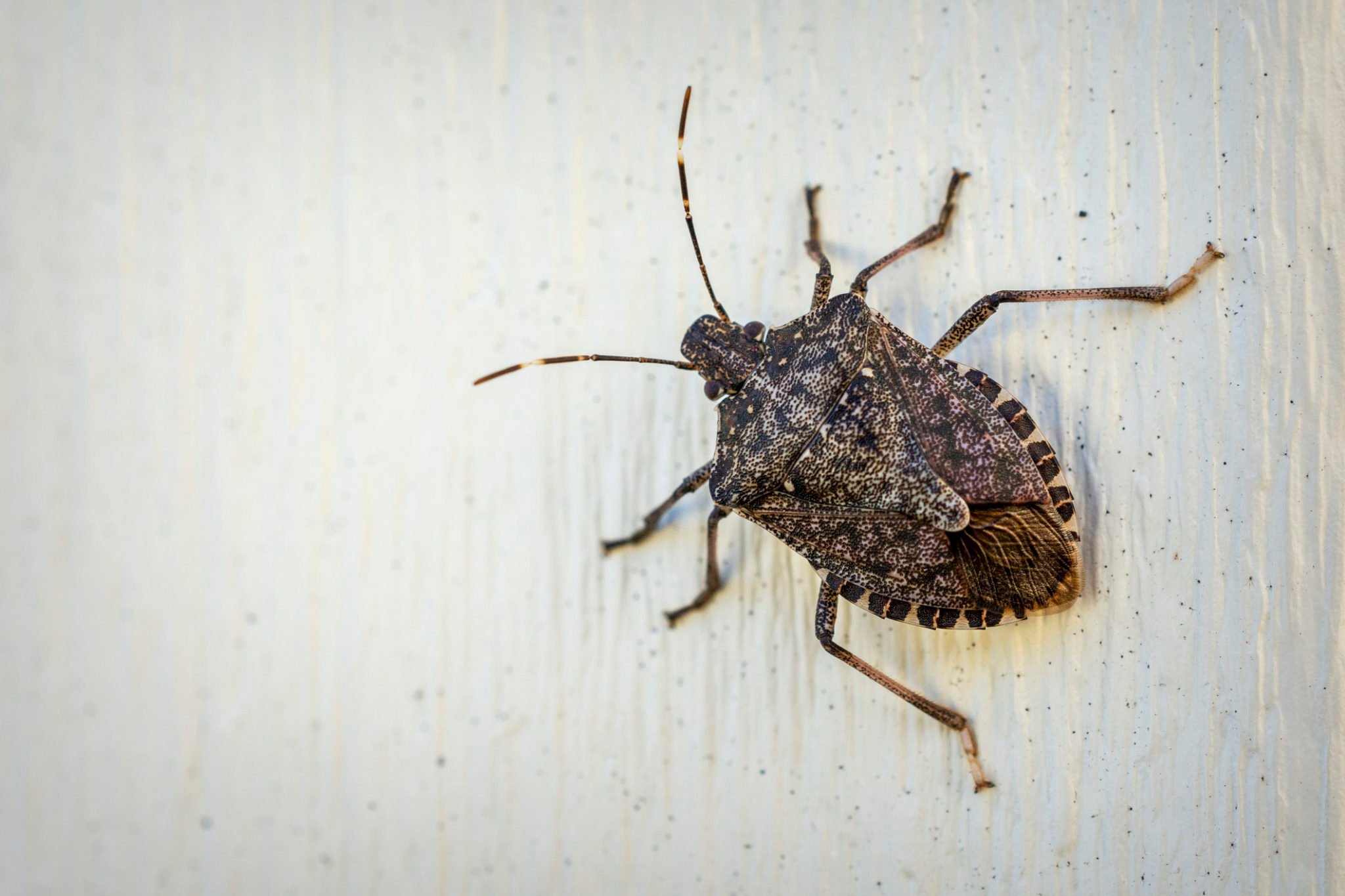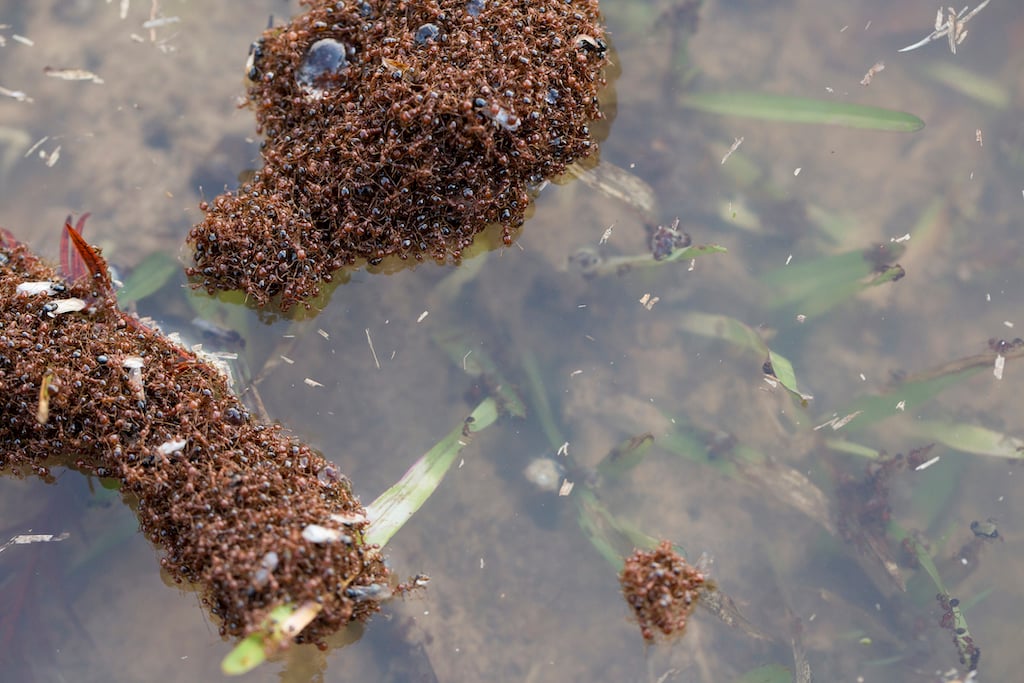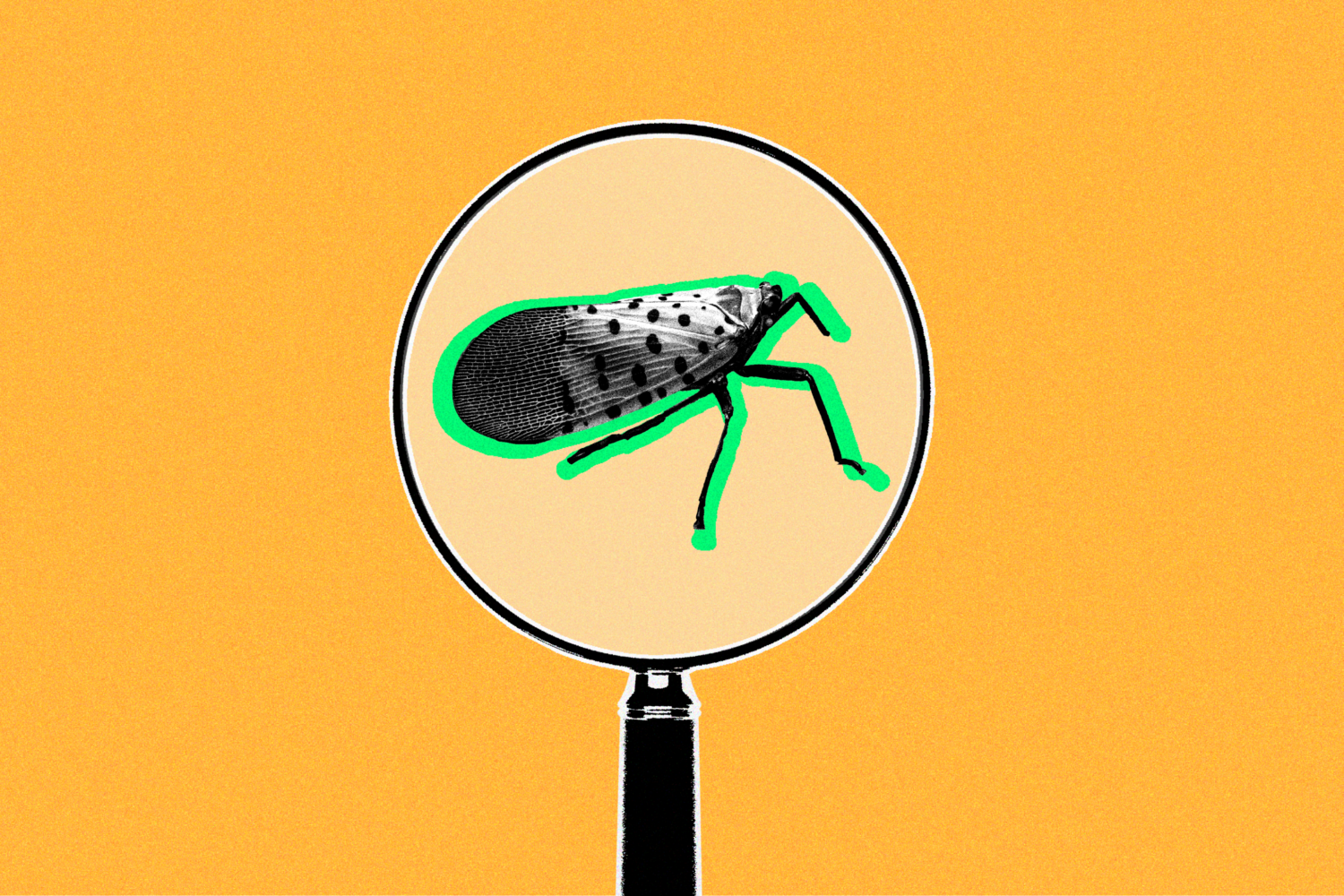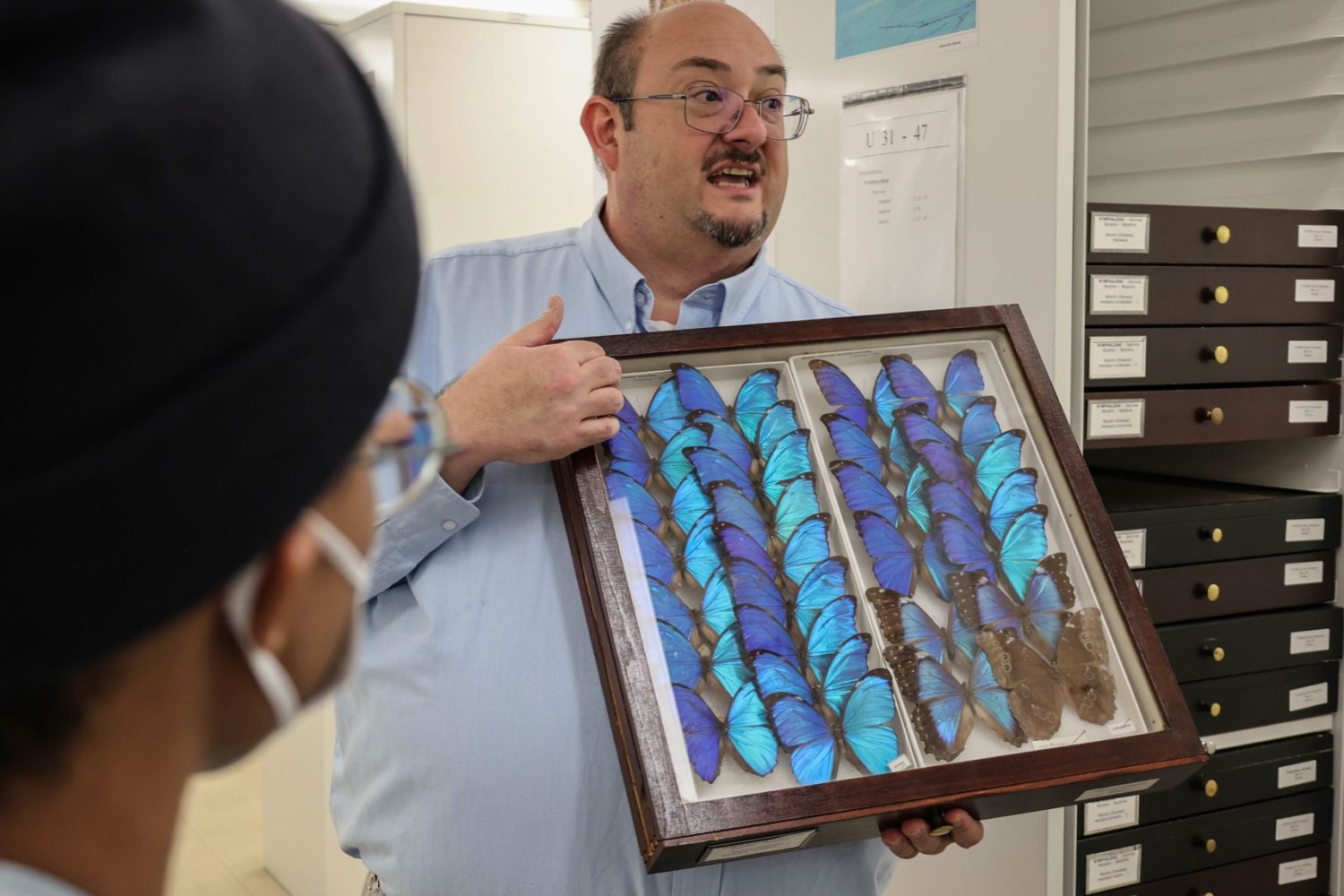It’s fall, which means pumpkin spice, sweater weather…and stink bugs. Specifically, the brown marmorated stink bug, which, like dashed hopes that the Commanders might not be completely terrible, has begun to reappear around the DC area.
Tom Kuhar is a professor of entomology at Virginia Tech, where he specializes in pest management in vegetable and other agricultural crops. He’s also a Project Director of the Mid-Atlantic for Stop BMSB, or Stop the Brown Marmorated Stink Bug, a group of researchers who focus on management of the invasive pest. (Marmorated means something that has streaks like marble.)
While researchers can’t pin down exactly when and where stink bugs first arrived in the United States from Asia, they believe it was sometime in the 1990s in Pennsylvania. Stink bugs attack fruiting vegetables, including crops like corn, soybeans, peppers, tomatoes, beans, and tree fruit, like peaches and apples. According to a paper in the Journal of Integrated Pest Management, the bug was responsible for $37 million of losses in apple crops in 2010.
But you’re probably less concerned with their effect on crops than getting them out of your home. The key window, Kuhar explains, is right now: late September to early October, when the bugs go from feeding on trees and plants to aggregating inside buildings. At this point in the year, the bugs stop responding to light, stop feeding, and are looking for dark spaces where they can pass the winter.
If you see three bugs in your house, “there’s probably hundreds or a thousand” somewhere else in your home, he says. The pests could be overwintering in an aggregation in an attic or a shed on a board or a piece of drywall. They also like to hide under shingles or siding. Your best shot at preventing stink bugs from getting inside, Kuhar says, is by putting up screens and sealing up cracks or holes you find.
If they do get in your home, once January comes around, the bugs will start responding to light again. Then you can trap the bugs using simple supplies at home. Kuhar recommends setting up pans filled with soap and water under light sources in otherwise dark rooms. The bugs will start to collect in the pans and drown.
Perhaps the most promising solution in stink bug research comes from another bug, the samurai wasp, which stings stink bug eggs. Also accidentally introduced from Asia, the samurai wasp has been found in many states throughout the mid-Atlantic and “seems to be tracking and following the populations of brown marmorated,” he says. Luckily, it’s not a threat to anyone but the stink bug.
Correction: This post originally referred imprecisely to the Samurai wasp.



















